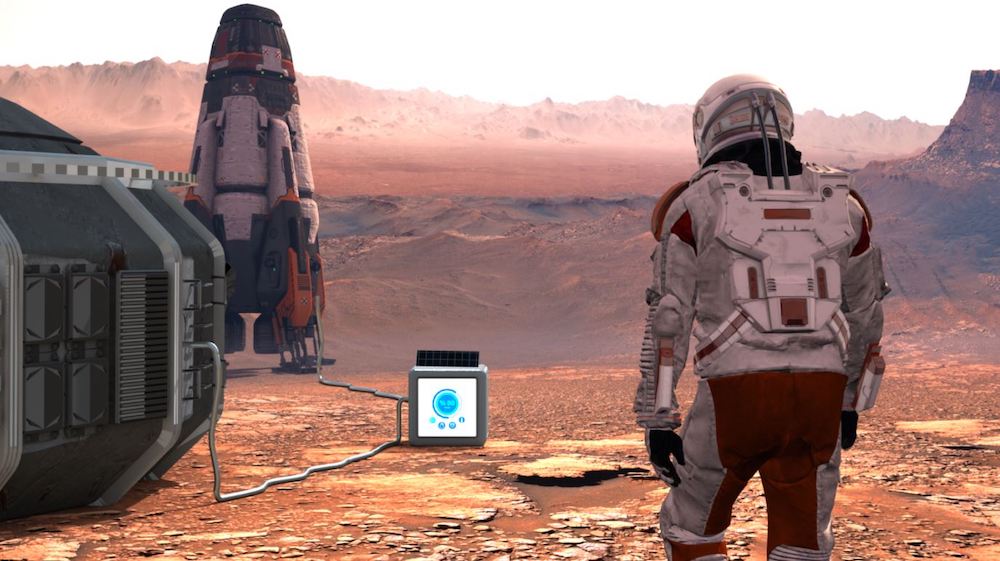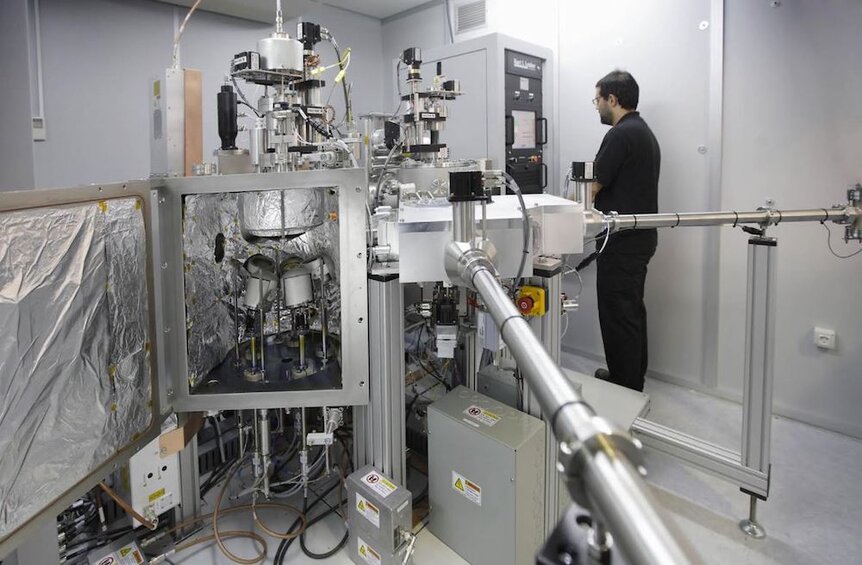Create a free profile to get unlimited access to exclusive videos, sweepstakes, and more!
New ESA reactor could make rocket fuel using wastewater and CO2
This is the most impressive toilet we've ever seen!

The trouble with going to space is you have to take everything with you. There aren’t any corner stores, supermarkets, or overpriced gift shops in which to buy the toothbrush you forgot to pack. That hurdle is already a challenge for the astronauts going to low Earth orbit or to the Moon, but it gets a lot worse on an interplanetary journey.
While NASA has plans to return to the Moon in the short term, getting boots on the Martian ground seems like the obvious next step. That trip, however, could take nearly two years there and back, requiring a lot more planning and much larger suitcases. Recycling water and growing food along the way could help lighten the load, but, traditionally speaking, any fuel you need has to be carried with you in advance. Unless, of course, you can make it during the trip.
That’s precisely what the European Space Agency is exploring with a new fuel reactor intended for use on the Red Planet. They’re partnering with Tekniker, a Spanish technology firm, for the development of a new fuel reactor. If it works, it will allow astronauts to manufacture additional fuel automatically while they’re doing surface operations on Mars.
On Earth, fuel is mostly produced via hydrocarbons already present beneath the crust. Oil or natural gas reserves are pulled up from underground and refined into fuels to power cars and airplanes, and just about everything else. On Mars, fuel will be manufactured using another natural resource, one we don’t usually like to talk about.
One of the major components of the fuel production process will be astronaut gray water, which is just a way to say waste when you’re in polite company. The reactor will be powered by sunlight and will take urine and other wastewater from experiments or cleaning activities and combine it with CO2 to create hydrocarbons like methane. The Martian atmosphere is about 95% carbon dioxide, so there’s plenty of the stuff to go around.
The proposed device would work by splitting water into oxygen and hydrogen through a process known as magnetron sputtering, which uses a plasma to break down atoms. The produced hydrogen would then combine with atmospheric CO2 to produce CH4, more commonly known as methane. Water and CO2 go in, methane and oxygen come out.
The upshot for a crewed Mars mission is that less fuel needs to be launched from Earth in order to make the trip and get back home. In addition, the reactor could produce extra oxygen and return clean drinking water back to the astronauts.
Oxygen, water, and fuel are pretty near the top of the list in terms of resources any interplanetary traveler needs. All three of those boxes could be checked by a single piece of technology. The team at Tekniker is currently working on a prototype under the direction of the ESA to mimic the conditions of a Mars mission as closely as possible.
While the benefits to a crewed Mars mission are apparent, there are also potential applications for this technology here at home. Learning how to safely and effectively transform wastewater and CO2 has implications both for climate change and access to clean drinking water.
Because the reactor oxidizes organic contents and pathogens in water, that water comes out the other end safe for reuse. The reactor could also be implemented in industrial settings to capture CO2 as it is produced, reducing the carbon footprint of those activities and decarbonizing our own atmosphere.
Some people believe getting humanity onto another planet is a critical part of our long-term survival. Technologies like this could help us set boots on another world while simultaneously reducing the risk of ruining the one planet we’ve already got. That’s pretty impressive for a resource we typically flush down the toilet.



























